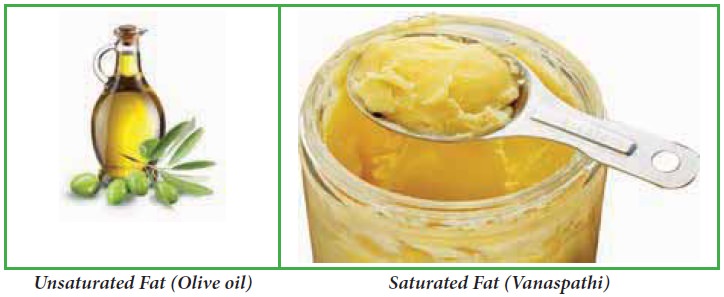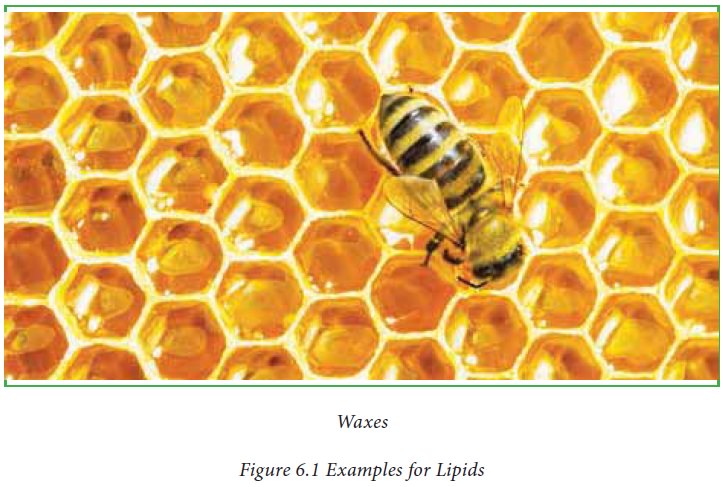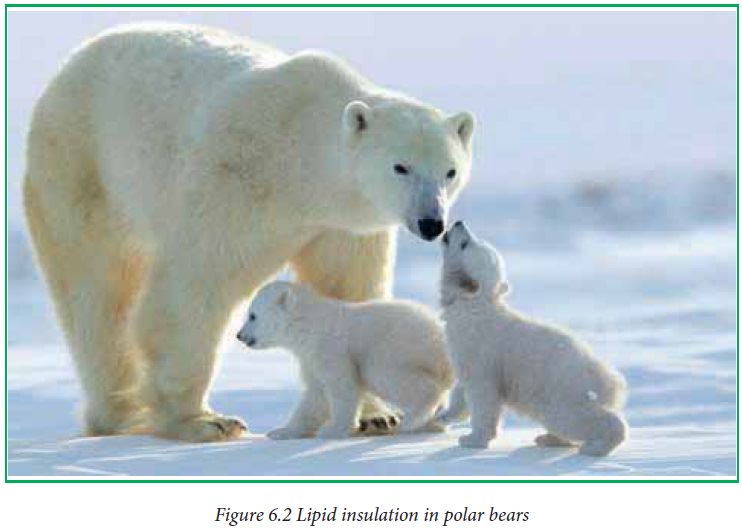Chapter: 11th Biochemistry : Chapter 6 : Lipids
Lipids: Classification and Biological Functions
LIPIDS
Introduction
Lipids
are naturally occurring organic compounds that are insoluble in water but
soluble in non-polar solvents like ether, chloroform or benzene. Examples
include fats, oils, waxes, sterols and fat soluble vitamins.


1. Classification of lipids:
Simple lipids:
Simple
lipids are the esters of fatty acids. Example: triglycerides and waxes.
Compound lipids:
Compound
lipids are esters of fatty acids with additional groups such as phosphates.
Example: phosphoglycerides and phosphoinositides
Derived lipids:
The
hydrolysis products of simple and compound lipids are called derived lipids.
For
example hydrolysis of triglycerides yields glycerol and fatty acid.
Similarly
steroids, fatty aldehydes, ketones, alcohols, fat-soluble vitamins can also be
derived from the hydrolysis of simple/compounds lipids.
2. Biological Functions of lipids:
· Lipids are important components of the cell
membrane and are necessary for the structural integrity of the cell.
· They serve as energy reserve of the body.
· They act as a protective coating in aquatic
organisms.
· Lipids serve as insulating material on the surface
of animals living in extreme cold regions.
· They serve as component of cell recognition,
species specificity and tissue immunity.
· They help in the absorption and transport of fat
soluble vitamins.

Related Topics